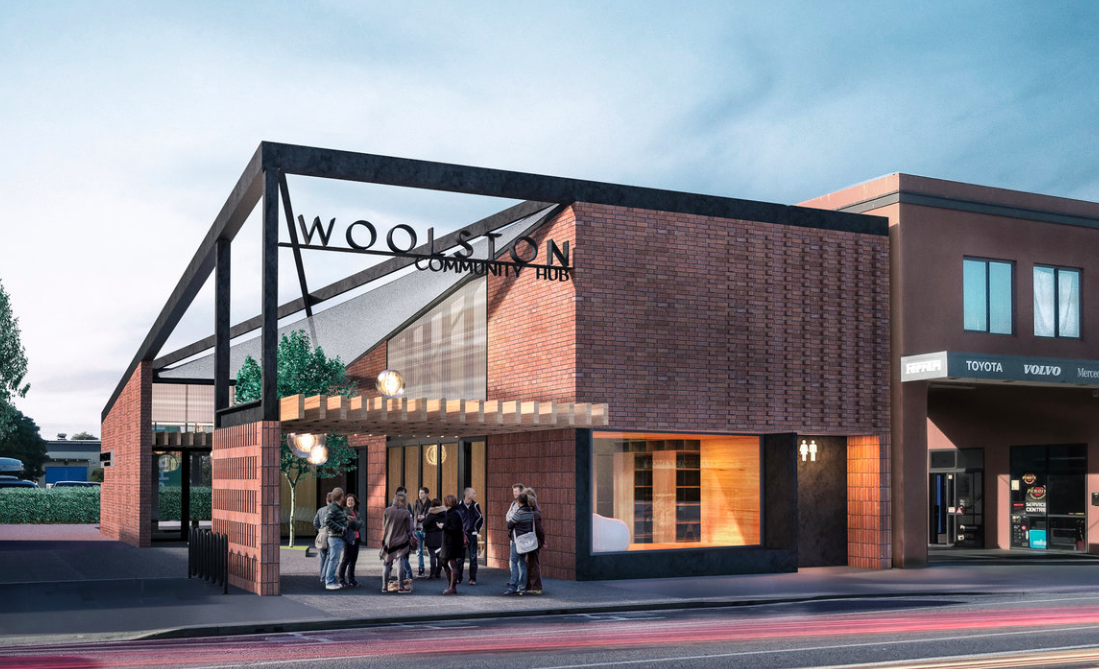Urban resilience: How we can take a holistic approach to make our cities future ready

“What is the one thing that you would take with you from home in the event of a natural disaster?”
This was a question asked of workshop attendees at the recent National Emergency Management Conference on resilience in Wellington, New Zealand. Many attendees said that they would take their family photos with them. It is interesting that people valued their memories over and above material possessions. Therefore, is there a principle that people’s memories of culture, place and purpose inherently build resilience to traumatic change?
I believe that the discussion around Urban Resilience not only needs to encompass the important infrastructural measures, but also the fundamental need for future-ready cities in the context of environmental, demographic and technological change. This holistic approach needs to balance the requirements of community and cultural resilience, as well as provide a framework with purpose going forward.
At the workshop in Wellington, we learned of the preparatory work done by the network of maraes in the Wellington area. This resilience network can prepare tens of thousands of meals after an event in the Wellington region. Community-led initiatives, such as these, can ultimately be combined with the structured planning of the various governmental bodies. After an event, the heart of community resilience is the mantra: “What do you need? Who do you need?” Generally, it was discussed that the communities with a good sense of purpose and identity can be more prepared for a shock or change. I believe that considered urban design and architecture can support this philosophy.
Ignite Architects have designed a Community Hub at Woolston in Christchurch, New Zealand, which replaces the earthquake damaged library built in 1871. It is this network of community hubs throughout the country, which will ultimately lead to the spaces where bottom-up innovation can occur in resilience terms. Woolston Community Hub houses community meeting spaces, a library, a courtyard and public toilets and importantly draws on the industrial heritage of the area.
The loss of key documents during an event is also a loss of a sense of identity. Various maraes have started to digitise their historic photos, so they are preserved for future generations should an event occur. Under the banner of Urban resilience, we also discussed at the workshop that community activities in the arts and sports provide a sense of well-being before, during and after an event. Therefore, the communities, which have a strong sense of culture, are inherently more resilient. By culture, we also mean sport and recreational activity as well as the creative arts. After an event it is particularly crucial that people satisfyingly “pass the time”, especially when workplaces and educational facilities might temporarily be out of action.
It is important to realise that one in four New Zealanders were born outside the country and there are over 150 languages spoken. Cities need to incorporate ever-diverse ethnic groups as well as an increasingly mobile and global working population. During the workshop it was explored whether we are fully aware of the “future dividend” of introducing resilient measures. Although there may be additional capital costs in resilient measures up front, the future return on investment will be in the long term when buildings and infra-structure can be adapted more easily.
An aging population and inhabitants with increasing needs for accessibility and universal design will impact the relevance of our existing infrastructural models. Buildings and cities which can adapt to environmental, demographic and technological change will ultimately be the ones that are most resilient. I believe that it is imperative that we extend the discussion about Urban Resilience beyond the understandable necessity of code compliance. We need to gather future-ready principles for changes in the way we interact with our cities and natural environment. If this framework for urban resilience, which includes community and cultural attributes, is developed further, we can then harness the future dividend.




